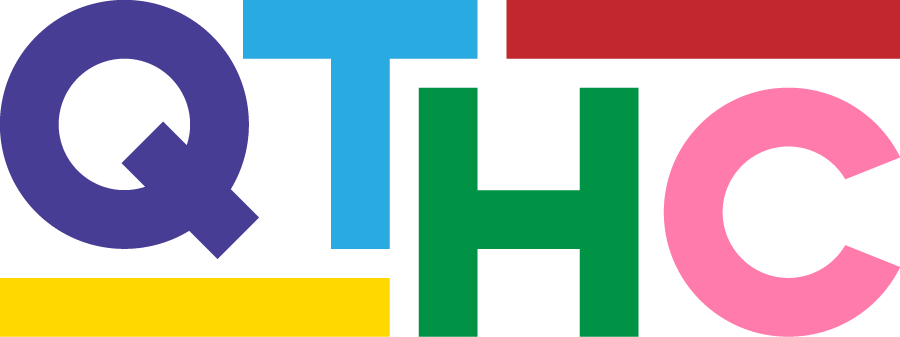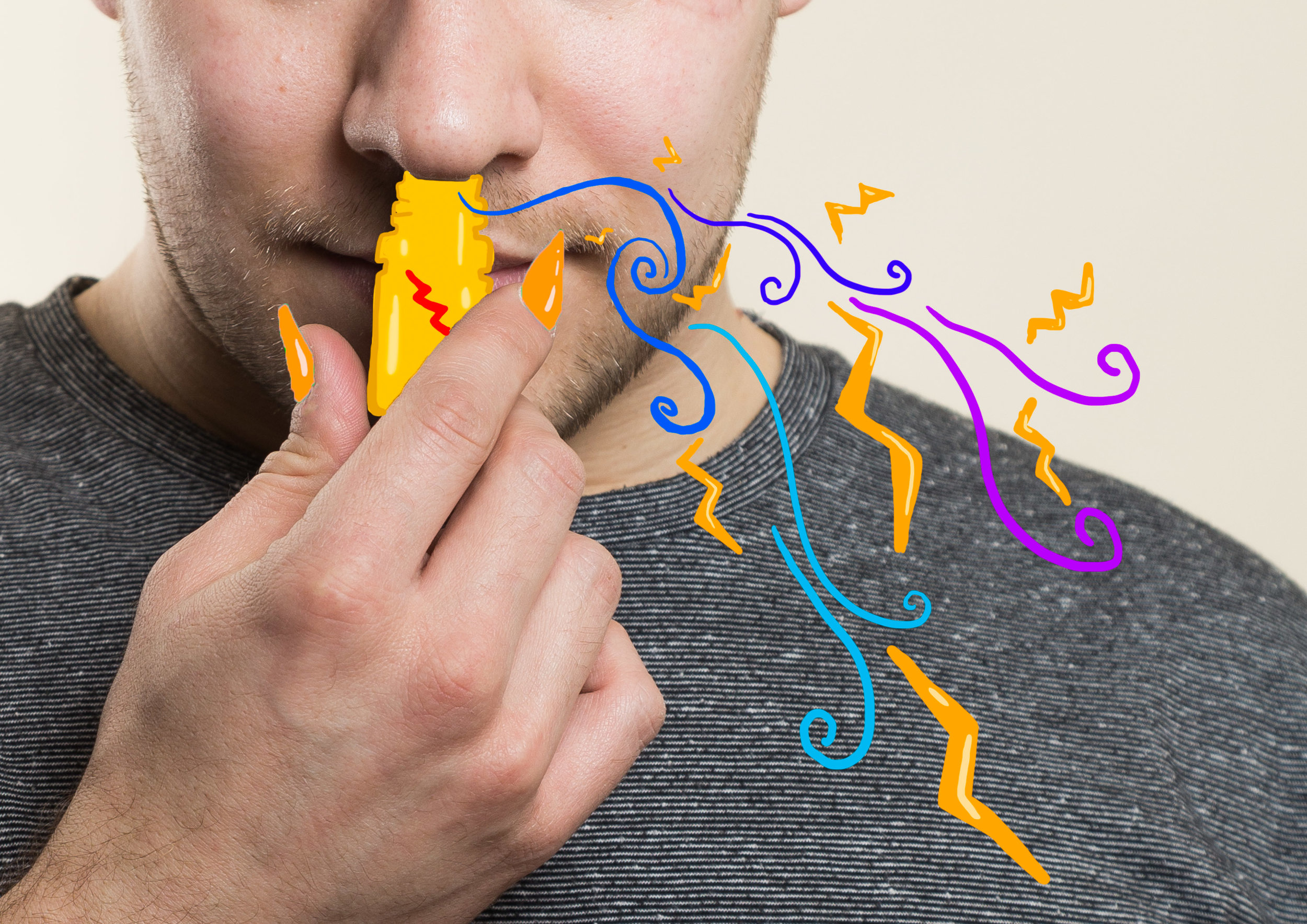A common way people use drugs is through snorting. When you snort a drug, the drug enters the bloodstream through the blood vessels which line the inside of the nose. This generally results in a quicker high than swallowing. While snorting may seem like a safer way to consume drugs, especially when compared to other ways like injecting, it’s not without its own risks. Some of these include:
Snorting a drug can still result in overdose.
When snorted regularly, certain types of drugs can damage your septum, which is the cartilage between your nostrils. This damage can cause a hole to form between your two nostrils.
Using items like bills or keys to do lines or bumps can expose you to unnecessary germs.
Finally, when snorting drugs, the skin around or inside the nose can become damaged, leading to the presence of blood. This blood, even in small amounts you can’t notice, can end up on straws or dollar bills you are using to snort drugs. If these are shared between different people, it can lead to the transmission of infections like Hepatitis C.
However, there are a few steps you can take to keep you and those around you safer and healthier while snorting drugs. These include:
Using your own snorting equipment and not sharing equipment with others.
Using clean straws (ideally paper ones that won’t cut) for snorting lines or your clean hand for snorting bumps.
Rinsing your nose with water before, and especially after, snorting drugs can decrease the irritation to your nostrils, helping them remain clean and healthy.
Applying Vitamin E oil to the inside of your nose can help aid the healing process
In addition to these, some general harm reduction rules apply:
Make sure your drugs are safe. If possible, only use drugs you received from a trusted source. While not 100% accurate, drug checking can help you identify unknown or dangerous ingredients in your drugs. Drug testing kits and strips can be found at dancesafe.org.
Don’t use alone. If possible, always use with someone you trust. You can look out for one another.
Make sure a Naloxone kit is available. Even if you’re not planning to use opioids, there is a chance your drugs might have come into contact with them. For example, your drugs might have been cut with Fentanyl without your knowledge. The risk of overdose from Fentanyl is substantial.
Start with a small amount first. If it’s safe, you can always put more in your body. But once it’s in there, it’s hard (and sometimes impossible) to get it out.
If you’re mixing drugs and sex, make sure you have access to safer sex options that work for you. Consider taking condoms and lube with you. If you’re on PrEP or HIV treatment, consider setting timers for when you need to take your medication so you don’t miss any doses.
Access Supports
The QTHC’s Peer N Peer program provides access to safer substance use supplies. We also provide free access to one-on-one counselling, support and education, as well as screening and referral services. Whether you are looking to stop using drugs, use drugs in a healthier way, or change how drugs are impacting your sex life, we’re here for you. Contact the Peer N Peer program by email at connect@peernpeer.ca or by phone (text or call) at 587-599-7290.
References
“Safer Snorting.” CATIE, 2011, www.catie.ca/en/practical-guides/hepc-in-depth/prevention-harm-reduction/safer-snorting.
“Safer Snorting.” TRIP! Project, 2018, tripproject.ca/safer-partying/safer-snorting/.


